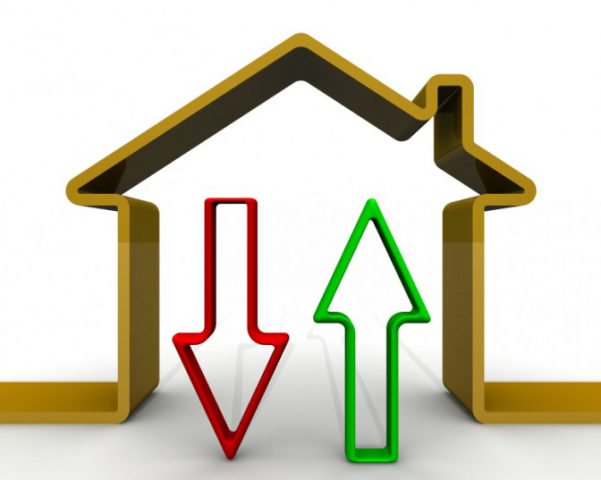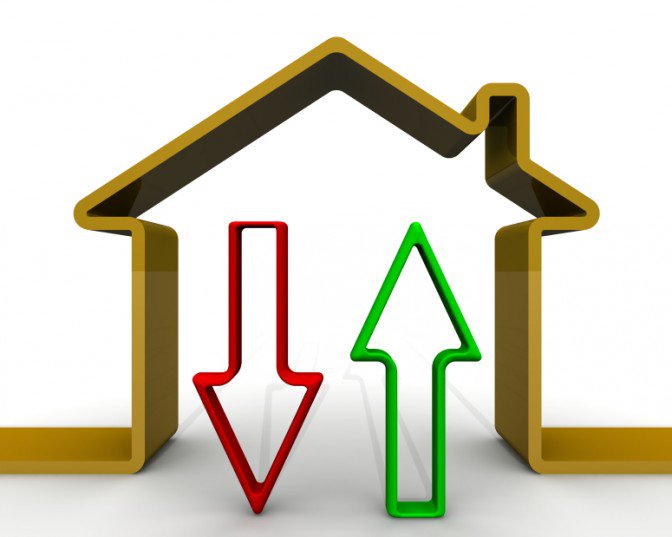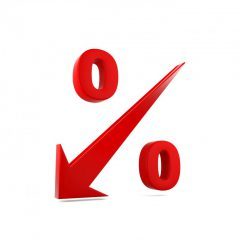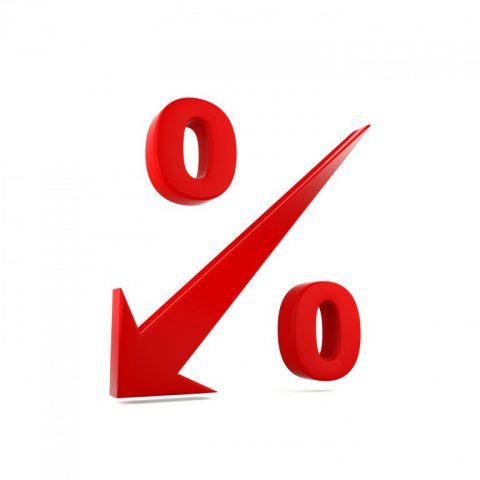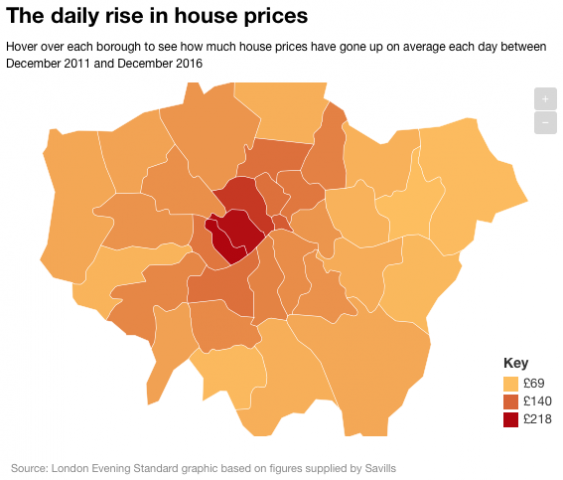House Prices to Continue Rising in 2017 Despite Brexit, Predicts Cebr
Average house prices in the UK are expected to rise to £220,000 in 2017, despite the Brexit process, according to the latest forecasts from the Centre for Economics and Business Research (Cebr).
Cebr predicts that house prices will rise at a rate of 4.4% over the rest of the year, which is much below the 7.4% rate of growth recorded in 2016 and the slowest increase since 2013.
This forecast, part of the consultancy’s Housing Prospects report, claims that growth will fall below 5% for the next two years, until activity in the housing market is expected to pick up again.
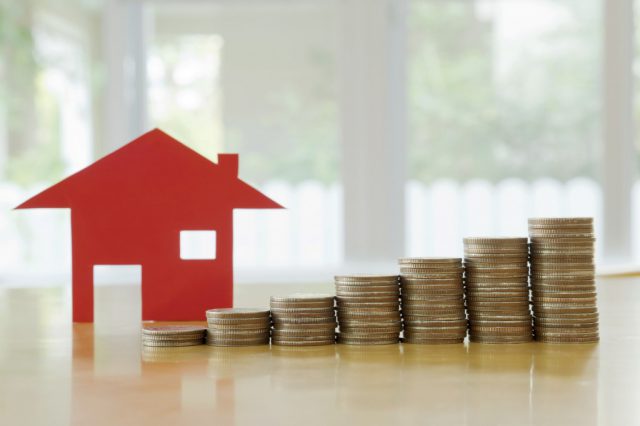
House Prices to Continue Rising in 2017 Despite Brexit, Predicts Cebr
After a turbulent 2016, the data for the first quarter (Q1) of 2017 suggests that the property market is moving along at a steady, if unspectacular, pace.
Mortgage approval numbers – a leading indicator for property transactions – have recovered from their mid-2016 low and remain at a stable level of close to, but just under, 70,000 per month.
While this is a low figure compared to the historical average, it is near the post-crisis high of 74,000 seen in early 2014. Though the number of mortgage approvals dipped slightly in February, secured borrowing continues to benefit from low mortgage costs, after the Bank of England cut interest rates in response to the EU referendum result last summer.
Looking at the market fundamentals, the shortage of suitable housing continues to exert pressure on house prices. According to the Government’s Housing White Paper, more than 40% of local planning authorities do not know how to meet local housing demand over the next ten years. Looking at the higher end of the market, those looking to sell can hope to benefit from a pick-up in foreign demand, due to the low value of sterling.
While these factors will provide a bottom floor to price growth, substantial risks on the downside remain. Rising inflation, in combination with stagnating wage growth, has led to a halt in real income growth. This will affect consumers’ disposable incomes and put a dampener on the housing market in 2017 and 2018.
Furthermore, the property market is still reeling from additional taxes, which the previous government implemented not expecting the UK to leave the EU. The increase in Stamp Duty for additional homes, which was introduced in April last year, led to plummeting transaction levels in the subsequent months, which have still only partly recovered.
Additionally, the Government’s changes to mortgage interest tax relief for buy-to-let landlords will further hit the property investment sector. Starting on Thursday 6th April 2017, the Government mandates that only 75% of taxes on mortgage interest payments can be deducted at the full rate of 40%, while the remaining 25% will be deducted at the basic rate of Income Tax – 20%.
Over the next few years, until 6th April 2020, the tax system further reduces the share of pre-tax profits that can be deducted at the higher rate. In 2020, all pre-tax profits can only be deducted at a rate of 20%, essentially shifting the tax base from profits to rental income.
This means that higher rate taxpayers will see their applicable tax deduction shrink by 50%, resulting in substantially lower net profits. Cebr expects this shift to significantly reduce the number of private buy-to-let landlords in the market.
David Brown, the CEO of Marsh and Parsons estate agent, comments on the report: “A lot of the fears many had around Brexit haven’t materialised; both in terms of the wider economy and the housing market, which has proven resilient. The London property market remains an attractive global hub, luring people from around the world to invest and live here. In many ways, the vote has actually brought vigour to some parts of the market, as we are seeing renewed interest from overseas property purchasers as a result of the weaker pound to complement the strong demand from domestic buyers.
“The strength we have seen in the market is reflected in mortgage approval data. At just below 70,000 a month, this is close to the post-crisis high of 74,000 in 2014, and we only expect that to increase in the coming months.”

